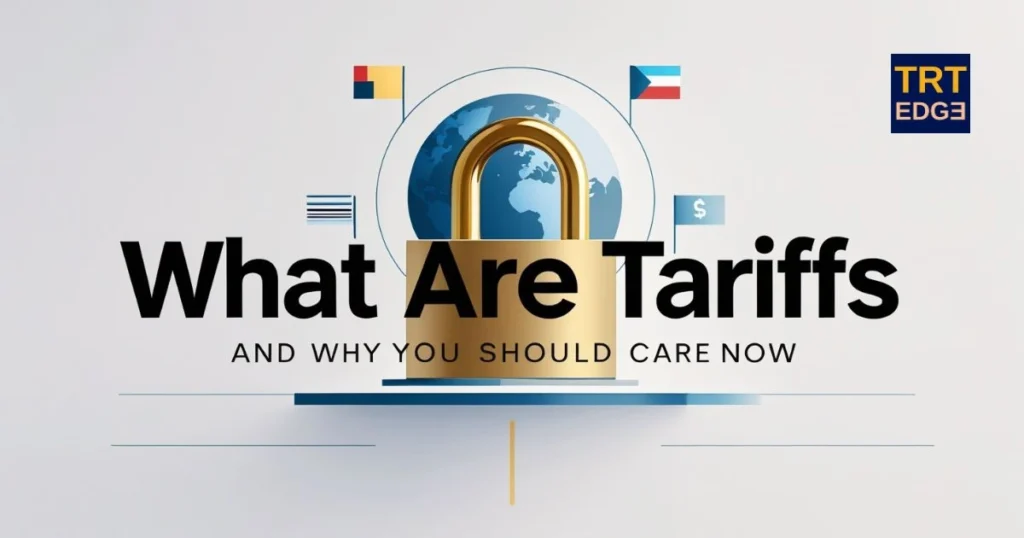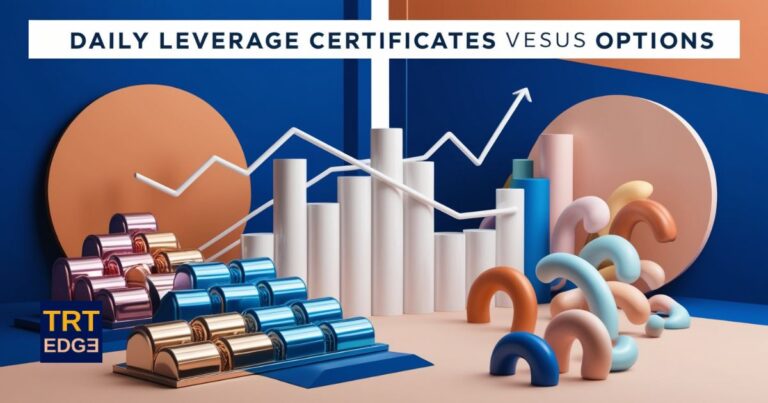What Are Tariffs and Why You Should Care Now in 2025

If you’ve ever noticed prices creeping up on imported goods, tariffs might be the culprit. But what are tariffs, and why do they matter to you? In this blog, we’ll explore the definition of tariffs, how they work, who pays them, and why you — as a consumer — should be paying attention.
What Are Tariffs?
A tariff is a tax imposed by a government on goods imported from other countries. The main goal is to make imported goods more expensive, encouraging consumers to buy domestically produced alternatives.
According to the Office of the United States Trade Representative (USTR), tariffs are a tool used to protect local industries, balance trade deficits, and generate revenue.
Who Pays Tariffs?
Contrary to popular belief, tariffs are not paid by foreign governments or exporters. They’re paid by importers — typically companies within the country that imposes the tariff. These costs often trickle down through the supply chain and eventually show up in the final retail price.
Bottom line: Consumers pay tariffs indirectly through higher prices on imported products.
Where Does Tariff Money Go?
The money collected from tariffs goes to the government’s general fund. In the U.S., this revenue is handled by U.S. Customs and Border Protection and deposited into the Treasury.
While it may seem like a bonus for public funds, the economic cost to consumers and businesses often outweighs this benefit, especially during extended trade conflicts.
Are Tariffs Good or Bad?
It depends on the perspective:
- Good for: Protecting local industries, reducing trade deficits, and giving domestic manufacturers a competitive edge.
- Bad for: Consumers, global trade relations, and businesses that rely on global supply chains.
Many economists argue that free trade benefits consumers through lower prices and greater choice, while tariffs distort market efficiency.
Pros and Cons of Tariffs
Pros
- Protects infant industries and local jobs.
- Encourages self-reliance and local production.
- Increases government revenue.
- Can be used as leverage in trade negotiations.
Cons
- Raises prices on imported goods.
- Can lead to retaliatory tariffs (trade wars).
- Reduces consumer choice.
- Hurts exporters and manufacturers reliant on global parts.
Why Are Tariffs Bad?
Tariffs may sound good in theory, but in practice, they often lead to:
- Trade wars: Other countries retaliate, creating economic strain.
- Higher consumer prices: Importers pass on the costs.
- Market inefficiency: Local producers may become complacent.
- Global supply chain disruption: Industries that depend on imported materials or components suffer.
One real-world example is the U.S.-China trade war, where tariffs led to higher costs for American farmers and manufacturers while failing to significantly reduce the trade deficit.
How Do Tariffs Affect Consumers?
The most direct impact is increased prices. Whether it’s a smartphone, car parts, or even groceries, consumers often end up paying more for imported goods. Additionally, companies may cut jobs or halt expansion to cope with rising costs.
Over time, tariffs can reduce your purchasing power and even lead to inflation if widespread enough.
Conclusion: Why You Should Care Now
Tariffs are not just an international trade issue — they’re a kitchen table issue. Whether you’re shopping for electronics or trying to stretch your monthly grocery budget, tariffs impact your bottom line.
As global trade dynamics shift and new tariffs are proposed or removed, understanding how they work helps you make more informed choices as a consumer, voter, and global citizen.
Are you ready to take control of your trading destiny? Contact us for a trade-to-learn experience!







